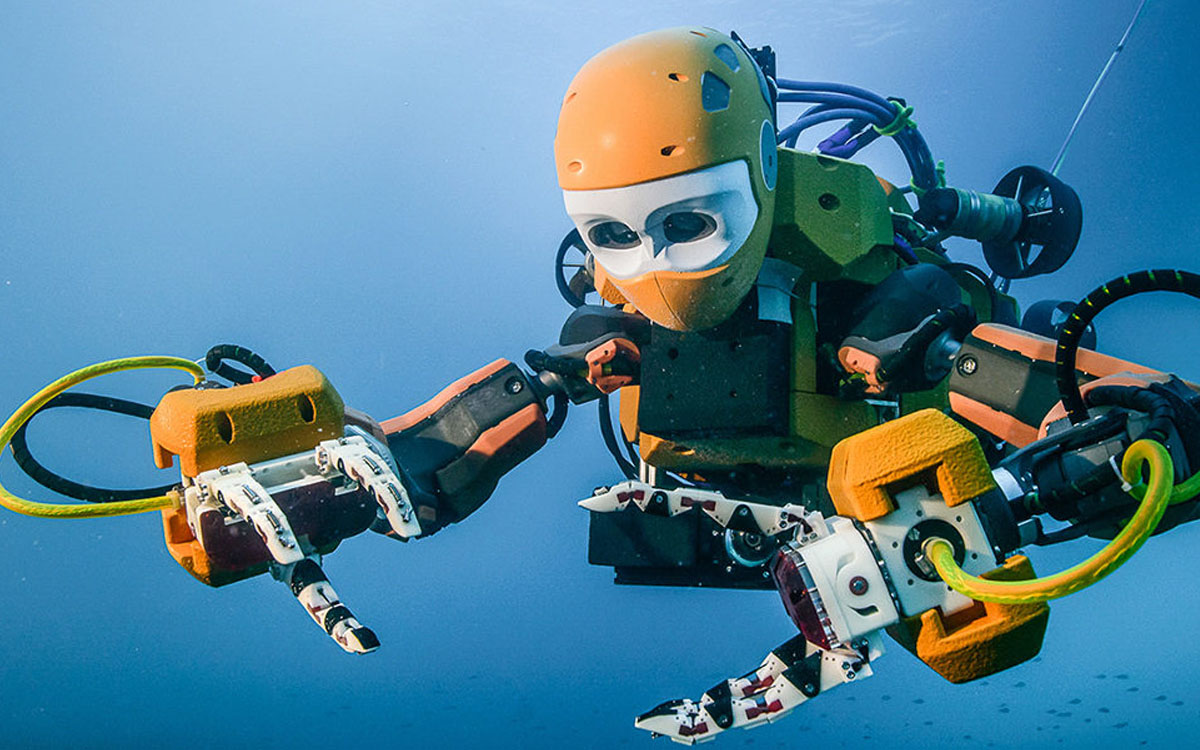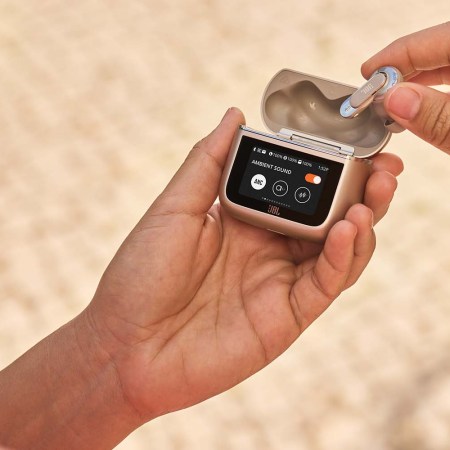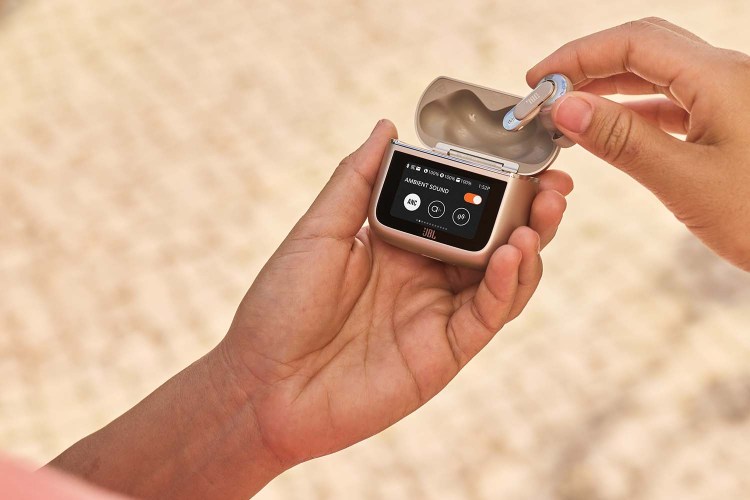Technology is typically applied in one of two ways.
Some use it for good. Some us it for, well, smart bidets.
Since we need more of the former and less of the latter, let us all praise OceanOne, a scuba-diving robot developed at Stanford as a physical avatar for researchers, archeologists and treasure hunters to explore and clean up our oceans.
Already, this guy has traveled 328 feet underwater to explore La Lune, King Louis XIV’s flagship that sank to the floor of the Mediterranean 20 miles from France in 1664. No diver could explore that depth, and no sub is nimble enough to weave in and out of the ship’s nooks and crannies. But OceanOne scoped things out with aplomb, exhuming a grapefruit-sized vase, dishes, flatware and Champagne glasses. Credit its human-like dexterity and sense of touch, which allows controllers above the surface to literally feel objects thanks to haptic feedback that registers in its artificial brain.
Also dubbed a robo-mermaid, OceanOne has stereoscopic vision, much like ours, is five feet tall and has two arms. It can work in tandem with divers or work solo in situations too dangerous for divers — oil rig disasters, for example. The other big benefit: monitoring our fragile coral reefs, which are in peril due to our other, more destructive capacities.
Here’s to the promise of exploration and preservation in 2017.
This article was featured in the InsideHook newsletter. Sign up now.
























